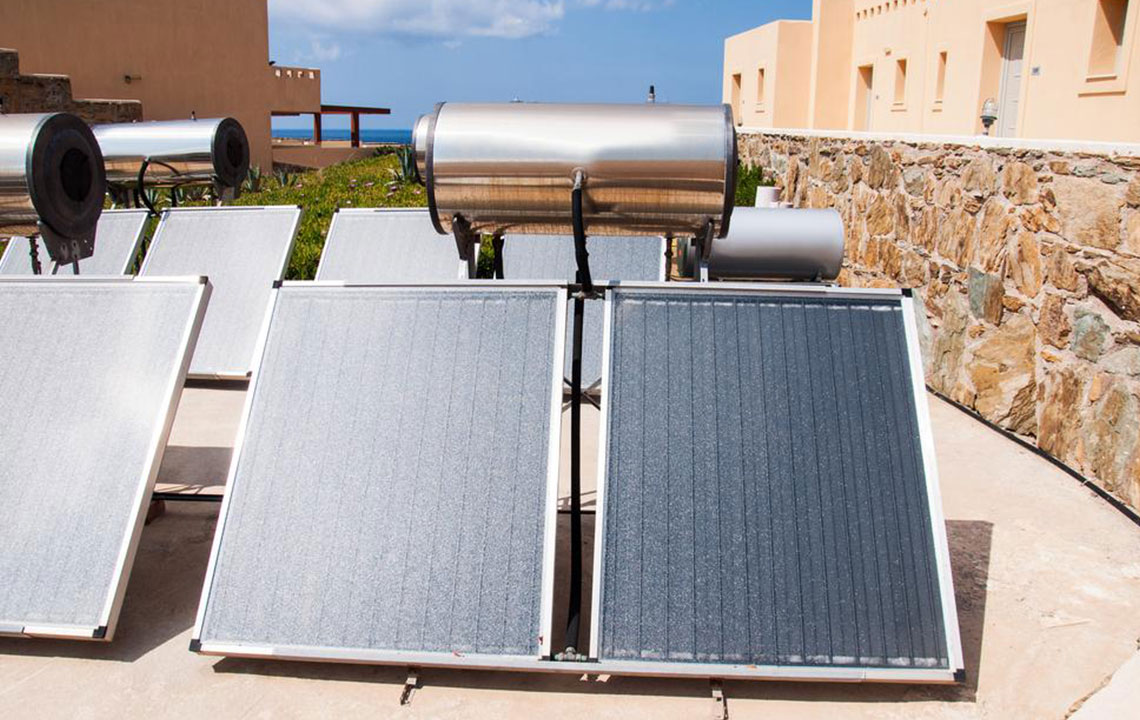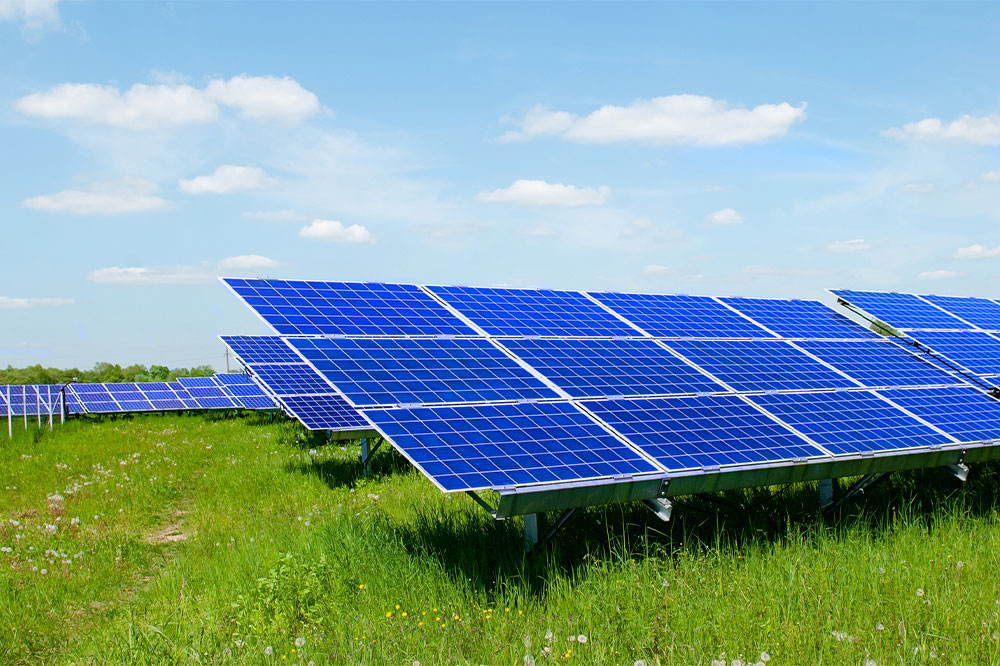Leading Energy Providers in the United States
This article highlights the leading energy providers across the US, including Duke Energy, Exelon, and Southern Company. It covers their assets, capacities, and recent developments in renewable energy. It also discusses the US power grid's infrastructure and consumption trends, emphasizing the shift towards cleaner energy sources. Key industry players' profiles demonstrate the sector's growth and modernization efforts to meet evolving demands and sustainability goals.
Sponsored

The utility sector in the US is dominated by several major energy companies. The industry has seen numerous mergers, boosting their market influence. Despite steady growth rates of about 1%, electricity demand remains relatively low, with increasing shifts towards renewable energy and natural gas. Key industry players include Duke Energy, Exelon, and Southern Company, who have a significant share in power delivery across the country.
Power generation has transitioned from coal to cleaner sources like natural gas, wind, and solar. Below are some of the top energy firms in the nation.
Duke Energy
Recognized as a top energy firm, Duke Energy’s assets are valued at approximately $114.8 billion. Founded in 2006 in North Carolina, it specializes in electricity and gas generation, transmission, and distribution. By 2013, its power plants produced 57.5 GW, with a total generating capacity around 50,200 MW. The company is also investing in modernizing North Carolina’s electric infrastructure.
Exelon
Exelon, established in 1999 in Chicago, operates through subsidiaries like Exelon Generation, PECO, and Commonwealth. It boasts assets worth roughly $80 billion, serving 7.4 million customers. Its portfolio exceeds 34.6 GW, mainly comprising nuclear plants, making it the largest nuclear operator in the country. The firm provides electricity and natural gas to over 10 million users, utilizing diverse sources like gas, nuclear, solar, wind, and hydroelectric power.
Southern Company
Founded in Atlanta in 1945, Southern Company is a major electricity provider through subsidiaries such as Georgia Power and Alabama Power. It has assets of about $64.5 billion. Approximately 42% of its power comes from natural gas, 38% from coal, 4% from hydropower, and 16% from nuclear. The company manages around 46,000 MW of capacity, along with extensive natural gas pipelines and electric transmission lines spanning thousands of miles.
NextEra Energy
NextEra Energy, worth approximately $69.3 billion, was founded in 1984 in Florida. It owns two of the largest power stations in the US via subsidiaries Florida Power & Light and NextEra Energy Resources. With a capacity near 45,900 MW, it serves almost 10 million customers across North America. The company is expanding its renewable portfolio with new solar plants planned in multiple locations.
Dominion Energy
Founded in 1983 in Virginia, Dominion Resources has an estimated asset value of $50.1 billion. It produces about 26,400 MW of electricity and oversees over 66,000 miles of natural gas pipelines, including storage and distribution. The company also maintains over 64,200 miles of electric transmission and distribution lines, making it one of the industry's largest producers and transporters.
American Electric Power
Based in Ohio, American Electric Power serves 11 states with nearly 5.4 million customers. Its assets exceed $63.5 billion, with a generation capacity over 26,000 MW. It owns about 40,000 miles of transmission lines, playing a vital role in the national power grid.
Pacific Gas and Electric
Established in 1905 in San Francisco, PG&E is the leading natural gas and electric energy provider. As a subsidiary of PG&E Corporation, it supplies over 16 million residents with power via a vast network of more than 106,000 miles of electric lines and 18,000 miles of transmission lines.
PPL Corporation
PPL, serving 10 million customers in the US and UK, produces around 8,000 MW of power. It manages more than 218,000 miles of electrical lines and supplies approximately 144 billion kilowatt-hours annually.
The US has over 3,300 power companies, with roughly 200 providing electricity to the majority of consumers. The power grid comprises over 2.5 million miles of lines and 450,000 transmission lines, serving residential, commercial, and industrial sectors. Residential users form the largest customer base, with power tariffs varying across states. In 2017, residential energy consumption exceeded 1.41 petawatt-hours.






